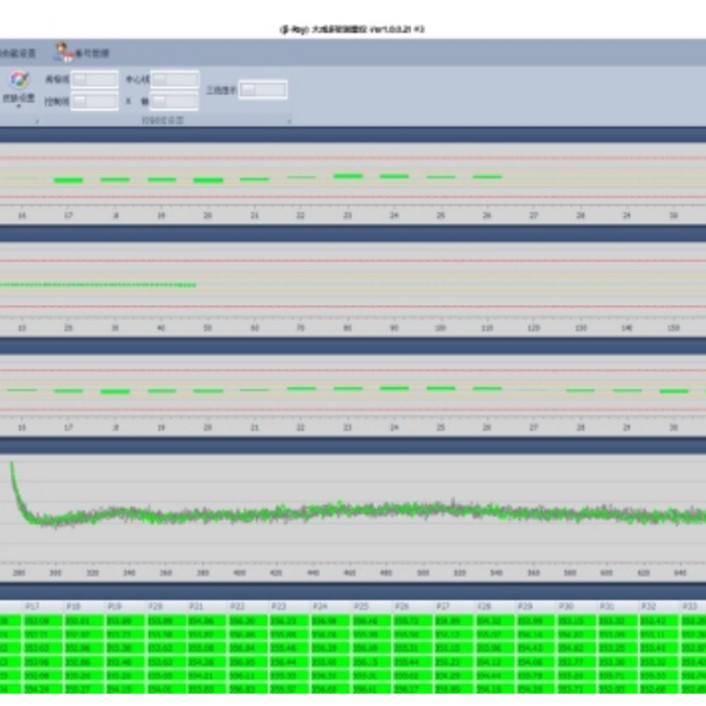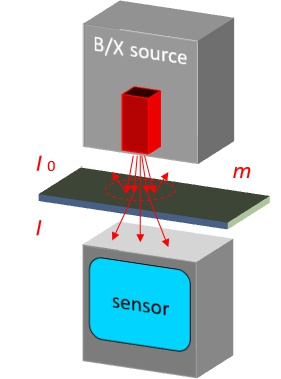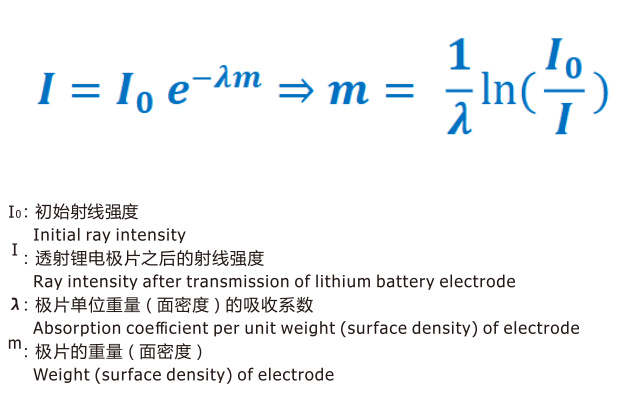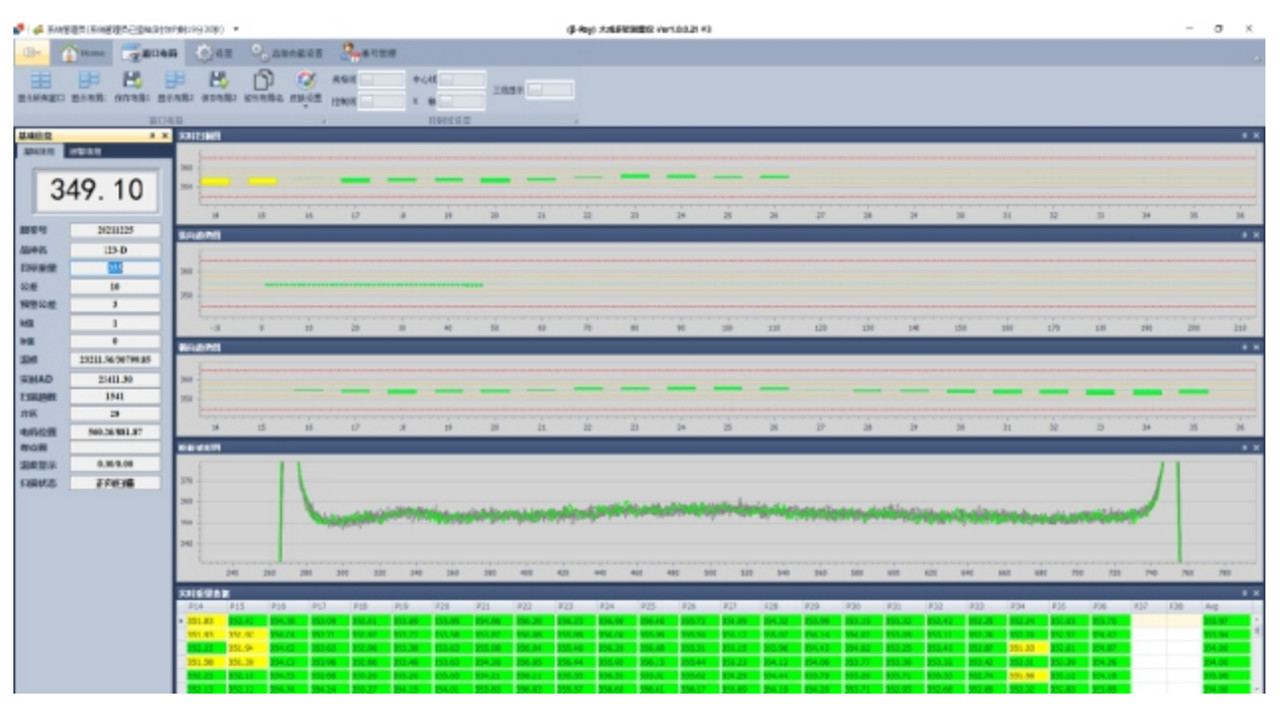X-/β-ray areal density gauge

When the ray acts on the lithium battery electrode, the ray will be absorbed, reflected and scattered by electrode, resulting in a certain attenuation of the ray intensity behind the transmitted electrode when compared to the incident ray, and the foresaid attenuation ratio has a negative exponential relationship with the electrode weight or surface density.


Principles of measurement
Precision "o"-type scanning frame: Good long-termstability, max operating speed 24 m/min;.
Self-developed high-speed data acquisition card: Acquisition frequency 200k Hz;
Human-machine interface: Rich data charts (horizontal& vertical trend charts, real-time weight chart, original data waveform chart, and data list etc.); users can define the screen layout according to their demands; it is fitted with the mainstream communication protocols and can realize closed-loop MES docking.

Characteristics of β-/X-ray surface density measuring instrument
| Ray type | B-ray surface density measuring instrument - β-ray is electron beam | X-ray surface density measuringinstrument- X-ray is electromagnetic wave |
| Applicable test objects |
Applicable test objects: positive & negative electrodes, copper and aluminum foils | Applicable test objects: positive electrode cooper & aluminum foils, ceramic coating for separator |
| Ray characteristics | Natural, stable, easy to operate | Shorter life than β-ray |
| Detection difference | Cathode material has the absorption coefficient equivalent to that of aluminum; while anode material has the absorption coefficient equivalent to that of copper. | C-Cu absorption coefficient of X-ray varies greatly and negative electrode cannot be measured. |
| Radiation control | Natural ray sources are controlled by the state. Radiation protection treatment should be done for the equipment as a whole, and the procedures for radioactive sources are complicated. | It almost has no radiation and thus complicated procedures are not required. |
Radiation Protection
The new generation of BetaRay density meter provides safety improvement and ease of use. After enhancing the shielding effect of radiation of the source box and the ionization chamber box and phasing out the lead curtain, lead door and other bulky structures,it still complies with the provisions of the "GB18871-2002 - Basic Standards of Protection Against lonizing Radiation and Safety of Radiation Sources" of which under normal operating conditions, the peripheral dose equivalent rate or the orientational dose equivalent rate at 10 cm from any accessible surface of the equipment does not exceed 1 1u5v/h.At the same time, it can also employ real-time monitoring system and automatic marking system to mark the measurement area without lifting the door panel of the equipment.
Technical parameters
| Name | Indexes |
| Scanning speed | 0~24 m/min,adjustable |
| Sampling frequency | 200kHz |
| Range of surface density measurement | 10-1000 g/m2 |
| Measurement repetition accuracy | 16s integral: ±2σ:≤±true value *0.2‰ or ±0.06g/m2; ±3σ: ≤±true value *0.25‰ or ±0.08g/m2; 4s integral: ±2σ:≤±true value *0.4‰ or ±0.12g/m2; ±3σ: ≤±true value*0.6‰ or ±0.18 g/m2 ; |
| Correlation R2 | >99% |
| Radiation protection class | GB 18871-2002 national safety standard (radiation exemption) |
| Service life of radioactive source | β-ray: 10.7 years (Kr85 half-life); X-ray: > 5 years |
| Response time of measurement | <1ms |
| Overall power | <3kW |
| Power supply | 220V/50Hz |





测量仪.png)







